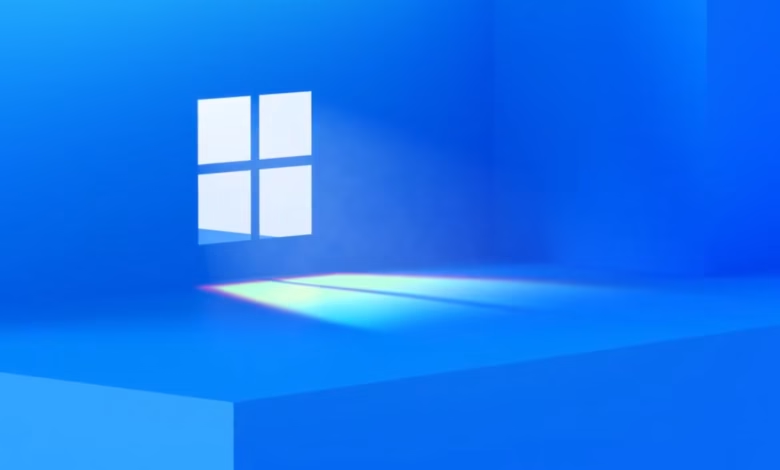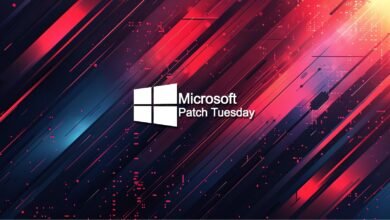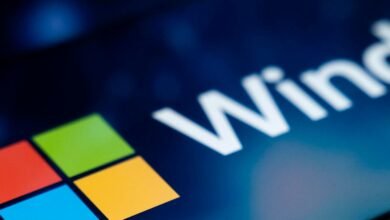Still Prefer Windows 10? Here’s How to Keep Using It Longer

▼ Summary
– Microsoft now offers a free one-year extension of Windows 10 security updates by enabling Windows Backup, previously requiring a $30 fee.
– Users can alternatively redeem 1,000 Microsoft Rewards points to access the Extended Security Updates (ESU) program instead of paying.
– The ESU program is available until October 13, 2026, providing critical security patches but no feature updates.
– After the extra year, users must upgrade to Windows 11, switch to another OS like Linux or Mac, or risk using an unsupported system.
– Linux is a viable alternative to Windows 11 but may require adaptation, while Mac offers another option for those avoiding Windows 11.
Windows 10 users reluctant to upgrade now have an unexpected lifeline, Microsoft is offering free extended security updates for those who meet simple requirements. Instead of paying the previously announced $30 fee, individuals can secure an additional year of critical patches by enabling Windows Backup or redeeming Microsoft Rewards points.
The process couldn’t be simpler. By activating Windows Backup, a feature that automatically saves files and settings to the cloud, users automatically qualify for the Extended Security Updates (ESU) program at no cost. This option appears in the system settings, where preferences for backup content can also be adjusted. For those who prefer alternatives, 1,000 Microsoft Rewards points (earned through purchases or activities) can also unlock the same benefit.
Eligibility requires a fully updated Windows 10 system, and enrollment remains open until October 2026, a full year beyond the original end-of-support date. However, this extension comes with limitations. The updates will focus exclusively on security vulnerabilities, excluding performance improvements or new features. Once the program concludes, continuing to use Windows 10 without patches poses significant risks, leaving users with tough choices.
While upgrading to Windows 11 is the obvious path, alternatives exist. Some have found success migrating to Linux, though its compatibility hurdles may deter casual users. Others might consider switching to macOS, though hardware costs could be prohibitive. For now, this stopgap measure provides breathing room, letting users postpone their decision while staying protected. Whether it’s worth clinging to Windows 10 for another year depends on individual needs, but at least the option exists, without the upfront fee.
(Source: PC Gamer)





